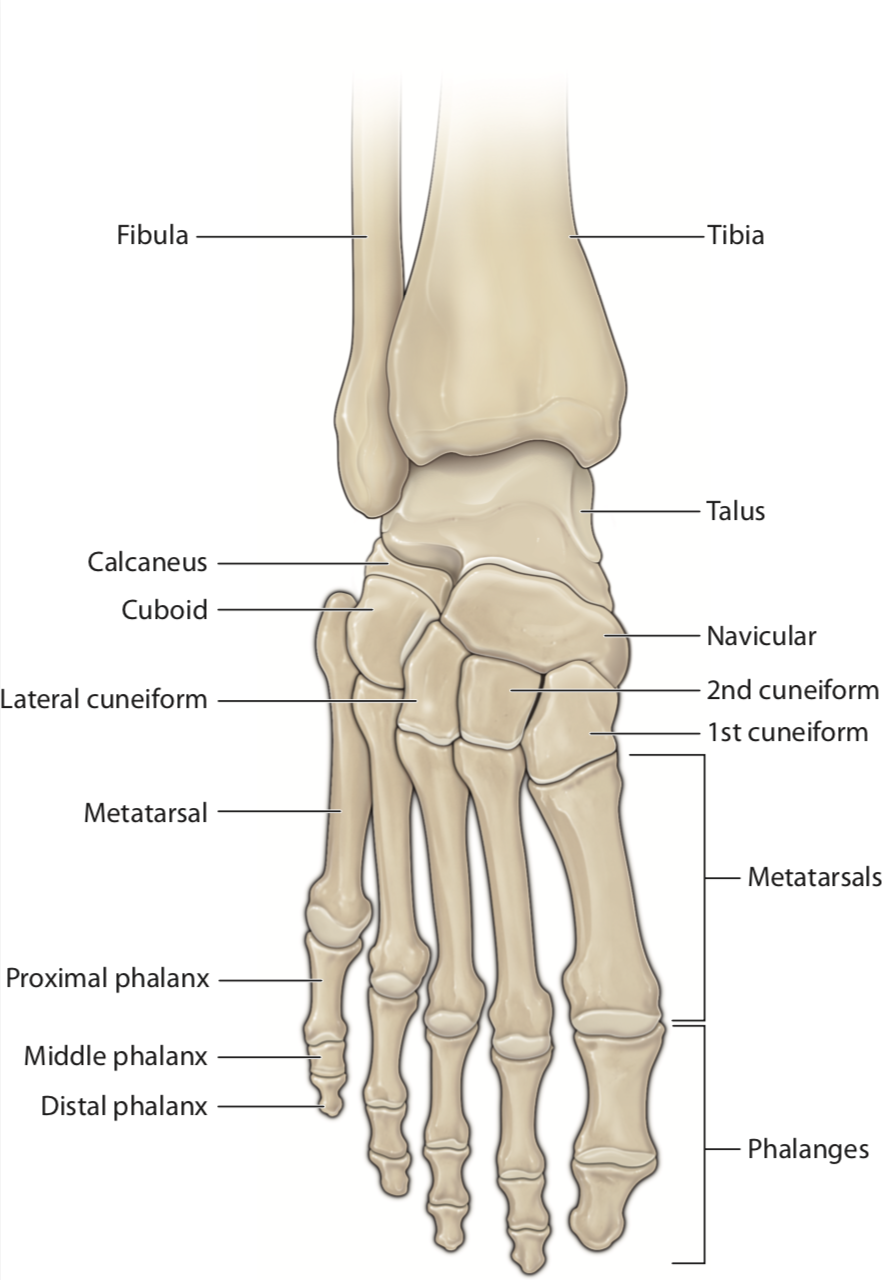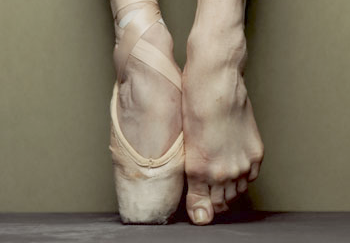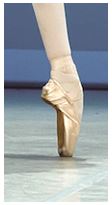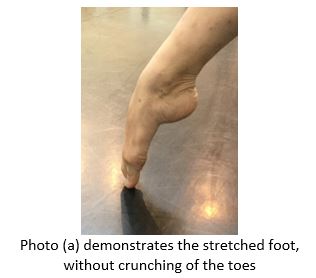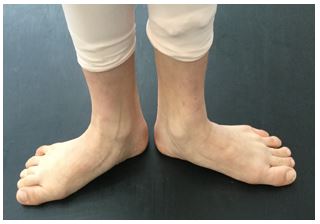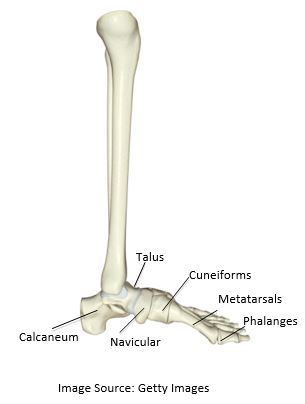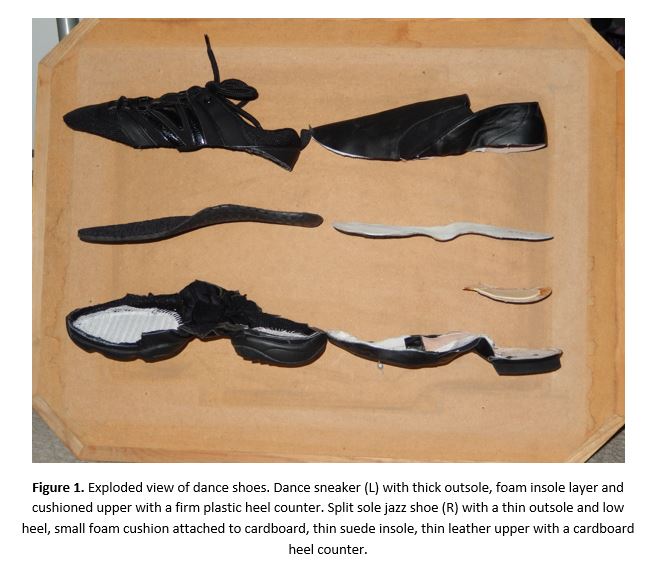Blog
Stability of the foot and ankle: the impact of daily habits on dance training
Authors: Nancy Romita and Allegra Romita on behalf of the IADMS Dance Educators' Committee
As you read this, freeze. Hold the position in which you currently find yourself. Do not adjust anything. Without judgment or shifting, notice the position of both feet. Does one foot have more weight on it than the other? Are both feet on the floor? Is there an even weight distribution? Is one foot or ankle a little more turned or rolled in or out? Are you sitting on one foot? Is a leg crossed and how does that affect the shape of foot and ankle?
Read ArticleBunions in Ballerinas: it’s not really the shoes!
Author: Megan Maddocks
I have bunions, two in fact. They were never a problem while I danced, but they got worse when I stopped. As a podiatrist, this made me curious about the relationship between pointe shoes and bunions (more accurately called hallux valgus). Below is a brief summary of a literature review I presented at the 2016 annual IADMS conference in Hong Kong, outlining some extrinsic risk factors unique to female ballet dancers.
Read ArticleStretching the Point: Part 2
Authors: Gabrielle Davidson and Maggie Lorraine on behalf of the IADMS Education Committee
In Part 1 of “Stretching the Pointe” we discussed some issues that may arise as a result of incorrect use of the foot and faulty foot alignment in training. Anatomical information about the foot is available in previous blog posts. In discussing the foot and the dancer, there are a few specific injuries and conditions that need to be taken into account to further strengthen the argument for ensuring correct alignment and muscle activation when teaching young dancers how to pointe their feet.
Read ArticleStretching the Point: Part 1
Author: Maggie Lorraine on behalf of the IADMS Education Committee
Learning how to bend the knees and point the feet may be the first movements that dance students learn. It is sobering to consider that both of these movements are potentially harmful if not executed correctly and practiced in perfect alignment. Experienced teachers of children and young people often notice that by encouraging students to “stretch” their feet rather than “point”, they are less likely to crunch their toes. Crunching results in a “shortened” line of the foot. On the other hand, “stretching” encourages the students to lengthen the leg through to the ankle and arch of the foot. Anatomically speaking we are talking here about plantarflexion of the ankle of course, although this actual term is seldom used in a teaching context.
Read ArticleFoot Injuries in Dancers. Are they preventable?
Author: Maggie Lorraine on behalf of the IADMS Education Committee
Perfecting the art of dance requires long hours of intensive training over many years with constant repetitions of exercises to refine and perfect the execution of sequences and movements. Dance places high demands on the body and for this reason professional dance training institutions often include physique testing, conducted by the resident physiotherapist as part of the audition process. Subsequently even the physiques that are deemed “ideal” for training at a pre professional level are at risk of injury as a result of faulty alignment and technique. In recent years the quest for greater virtuosity in performance has added an extra layer of risk to the aspiring young dancer who is hoping to achieve a career in dance. Issues such as more intrusive stretching techniques to achieve higher extensions of the leg, bigger and higher jumps with added complexity, more virtuosic turns and particularly greater engagement of the spine in movement. These trends have all added to the necessity for dance teachers to have a comprehensive knowledge of human anatomy, physiology and kinesiology. This knowledge will give teachers the information to guide their students to reach their full potential and to avoid sustaining injuries.
Read ArticleFeet: Skeletal and Muscular Structure
Author: Elsa Urmston on behalf of the IADMS Education Committee
Over the next few months the Education Committee bloggers shine a light on the importance of the feet. In June, Maggie Lorraine will write a two-part blog which focuses on potential foot injuries, structural issues, and working with them in dance. We look forward to her insight. By means of introduction to this topic, this short blog provides an introduction to the foot’s skeletal and muscular structure.
Read ArticleIf the shoe fits: Choosing the right dance shoe
Author: Alycia Fong Yan
There are a large variety of different dance shoes to choose from, but which shoe is right for you, what did your dance teacher want you to wear, what will make you look good, and does it really matter in the long run? The difference in dance performance when wearing various shoe designs is not only something many dancers have experienced, but has been measured and shown to be true. There are several factors you need to consider when choosing a dance shoe: the fit of the shoe, the genre of dance, what you want your shoe to do, and what dance steps you want to perform best.
Read ArticlePage 1 of 1
- IADMS 34th Annual Conference - Experience Point of View: Jennifer Milner
- IADMS 34th Annual Conference - Experience Point of View: Joanna Nicholas
- IADMS 34th Annual Conference - Experience Point of View: Erika Mayall
- Beginning ASL for Medical Students & Health Practitioners
- Relative Energy Deficiency in Dance
